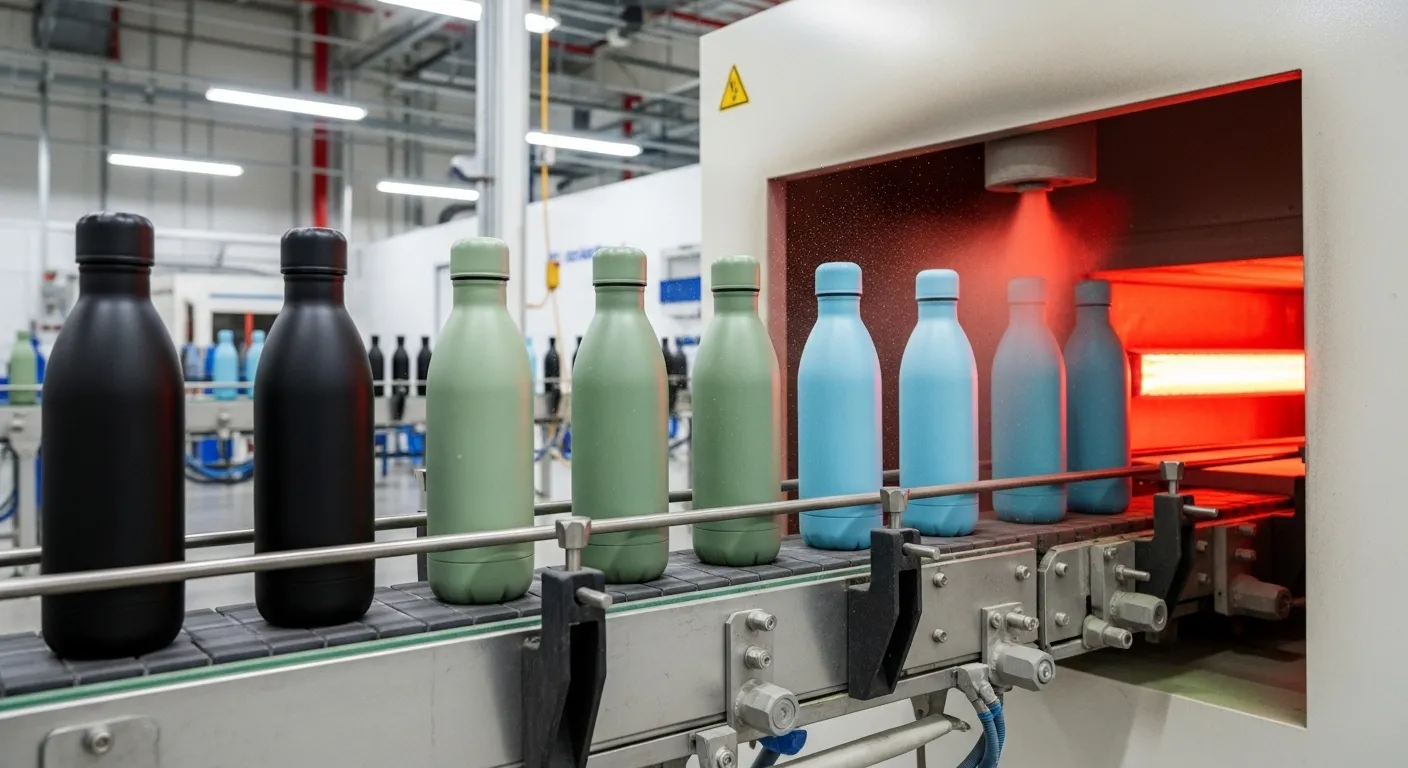
Powder coating is changing how stainless steel water bottles look, feel, and perform—but is it worth the hype?
Powder coating improves durability, enhances aesthetics, offers eco-friendly advantages, and doesn't affect insulation of stainless steel bottles.
Keep reading to learn why this finish is dominating the bottle industry and how it could benefit your brand.
What is powder coating and how is it applied to stainless steel water bottles?
It's more than paint—it's protection with a purpose.
Powder coating is a dry finish applied electrostatically, then heat-cured to form a resilient, uniform layer on stainless steel surfaces.
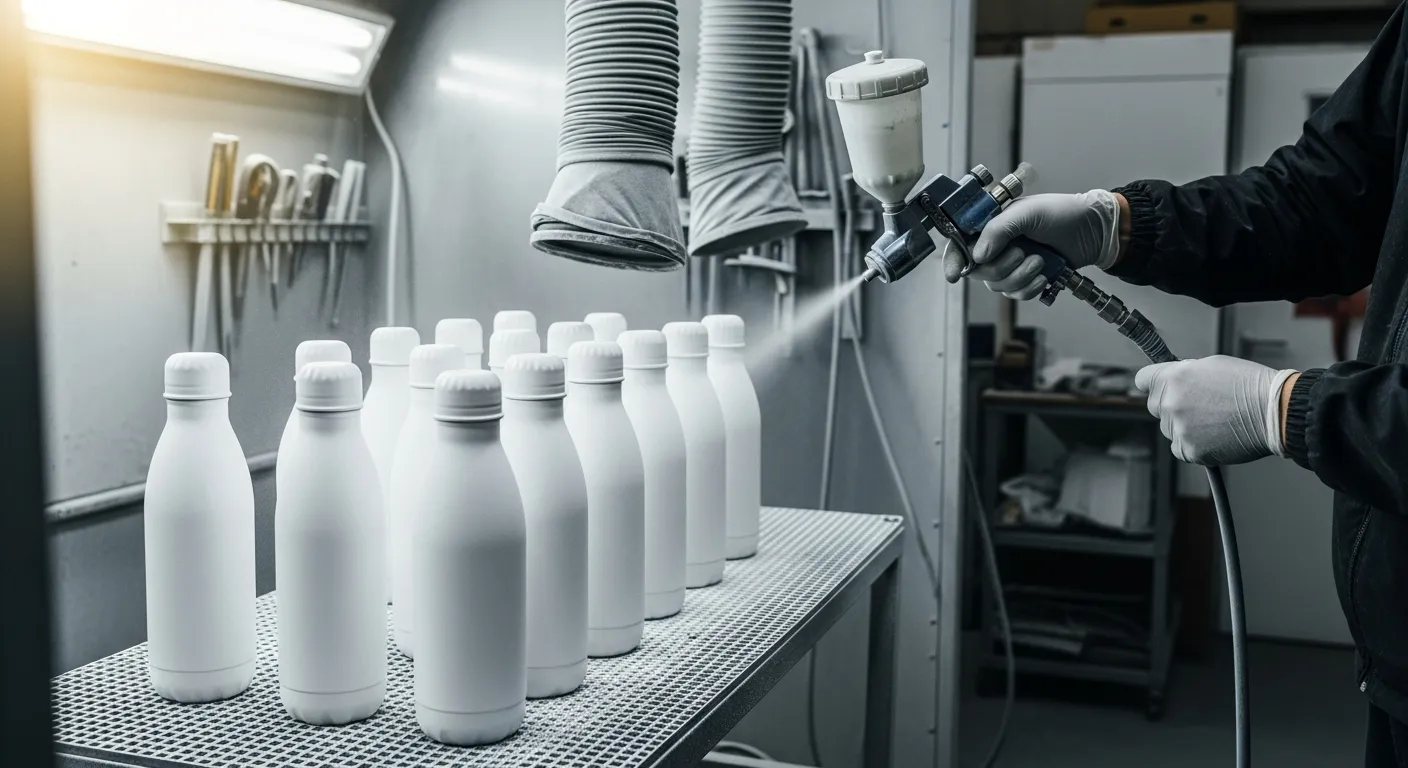
Powder Coating Process Overview
- Surface Preparation – Cleaning and degreasing the bottle surface.
- Electrostatic Application – Powder particles are sprayed and cling to the metal1.
- Curing – Bottles enter an oven where heat melts the powder into a smooth, solid coat.
This method ensures consistent thickness and superior adhesion.
Why is powder coating preferred for insulated stainless steel bottles over other finishes?
Durability meets design.
Powder coating outperforms liquid paints in toughness, texture, color options, and environmental safety.
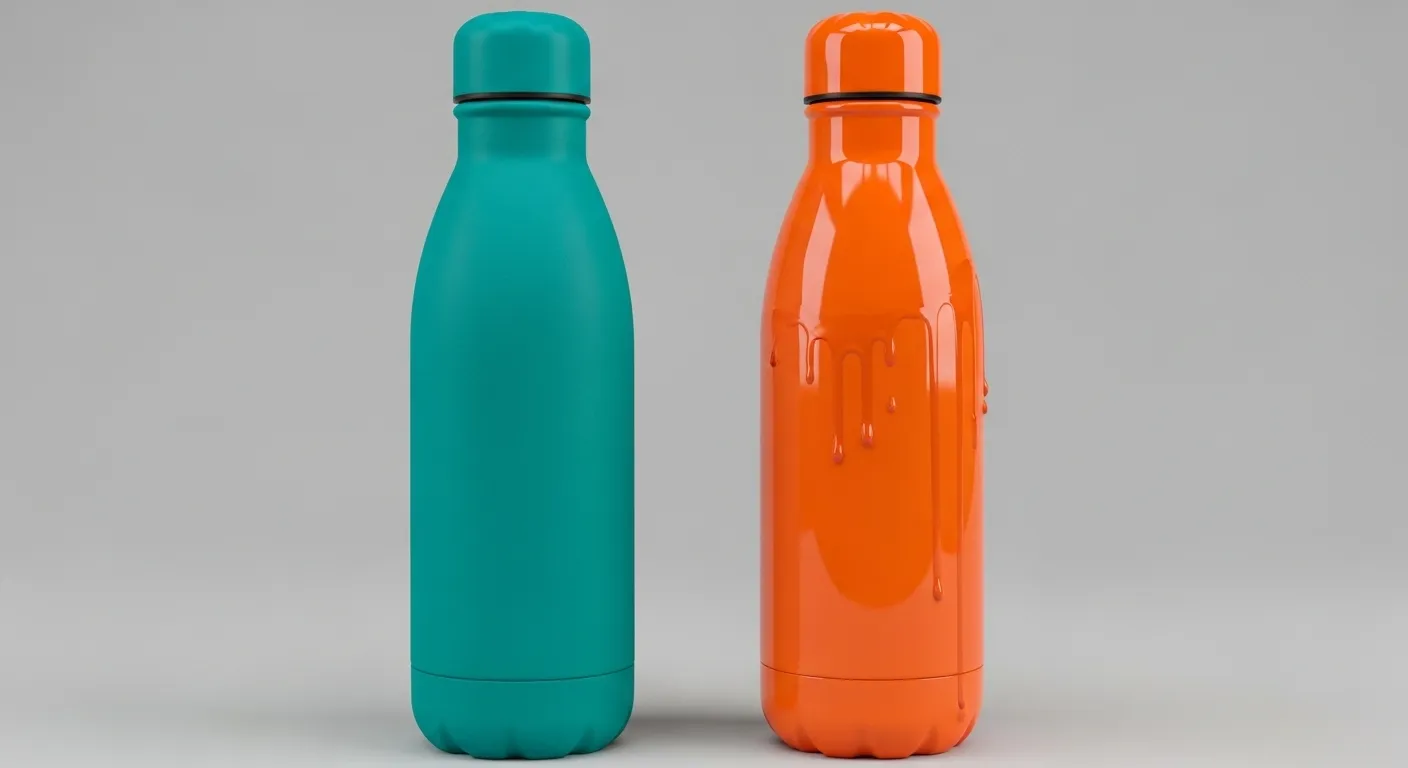
Key Benefits Over Liquid Paint
- No solvents or VOCs2
- Thicker and more resilient coating
- Matte finish improves grip and appearance
- Faster application and curing
It's the go-to choice for premium, rugged, reusable bottles.
How does powder coating enhance the durability and corrosion resistance of water bottles?
Your bottle should outlast your adventures.
Powder coating forms a thick barrier that resists UV, corrosion, chipping, and scratching—extending product lifespan.
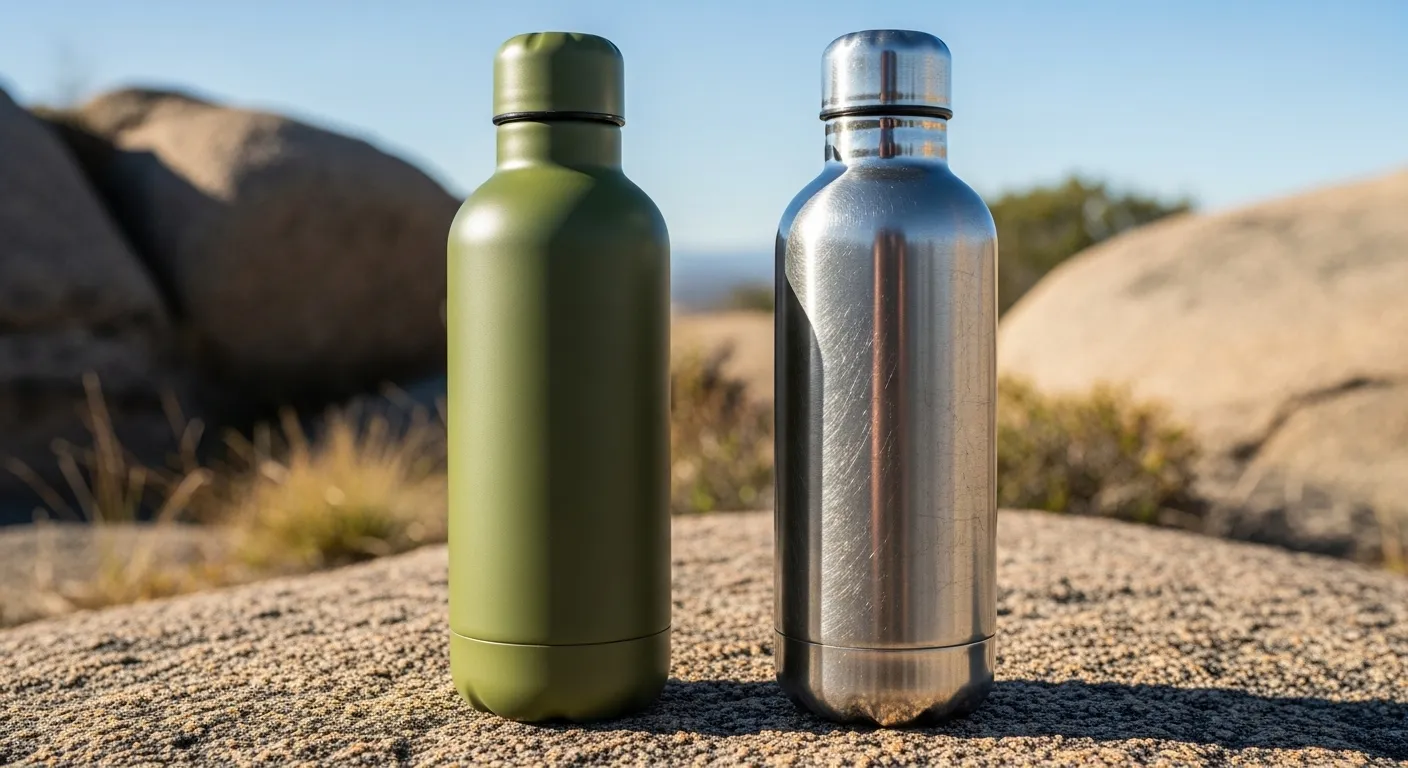
Performance Highlights
| Feature | Performance |
|---|---|
| Scratch Resistance | High; withstands daily wear and abrasion |
| UV Protection | Strong color retention over time |
| Corrosion Resistance3 | Shields against moisture and oxidation |
This makes it ideal for bottles used outdoors or on the move.
What environmental benefits does powder coating offer compared to liquid paints?
Less waste, fewer toxins, more sustainability.
Powder coating is eco-friendly, producing almost zero waste and minimal emissions.
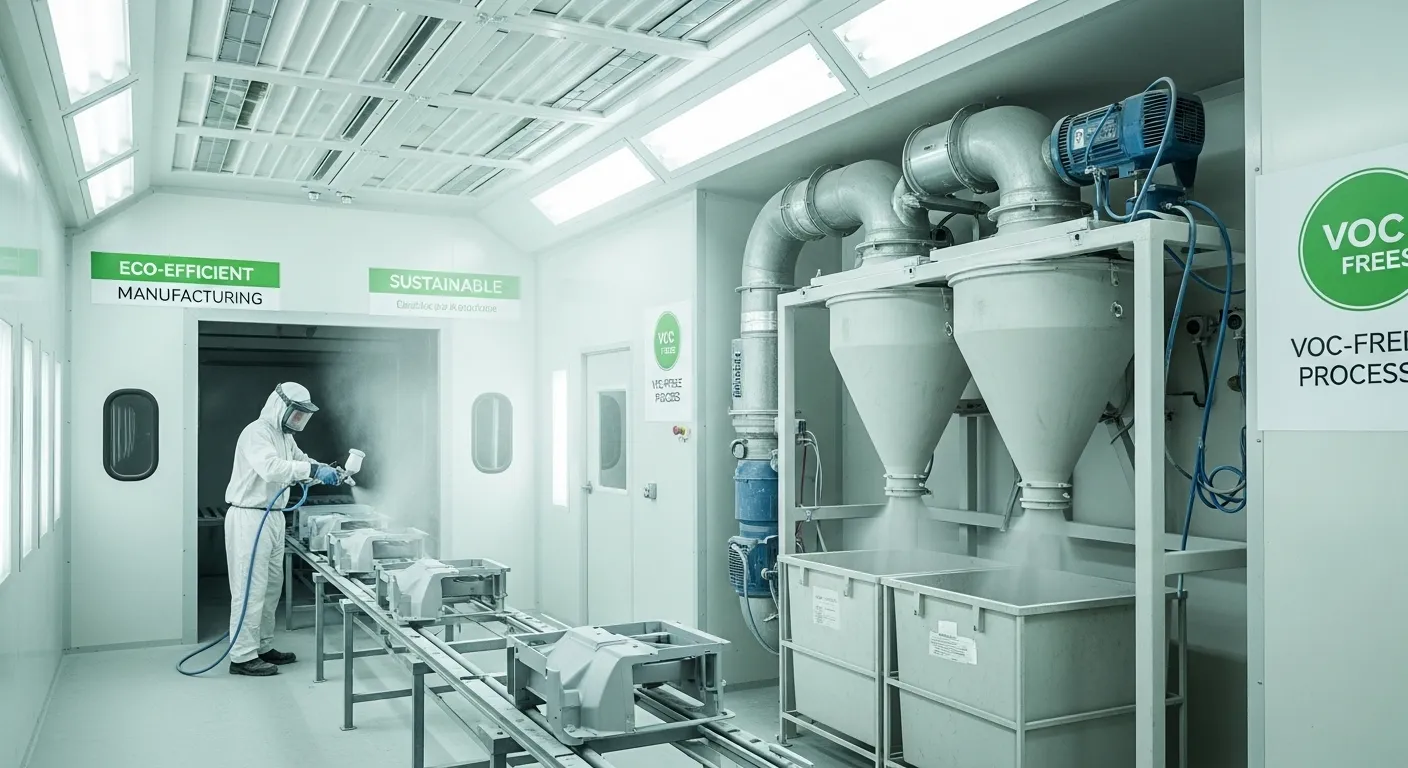
Eco-Friendly Advantages
- No harmful solvents – Unlike paint, it emits virtually no VOCs.
- Overspray reuse – Excess powder can be collected and reused4.
- Efficient process – Reduces water and energy usage in production.
It's a win for the planet—and your product story.
How does powder coating affect the aesthetics and grip of insulated bottles?
Looks good, feels better.
Powder coating adds vibrant color, matte texture, and a slip-resistant grip to stainless steel bottles.
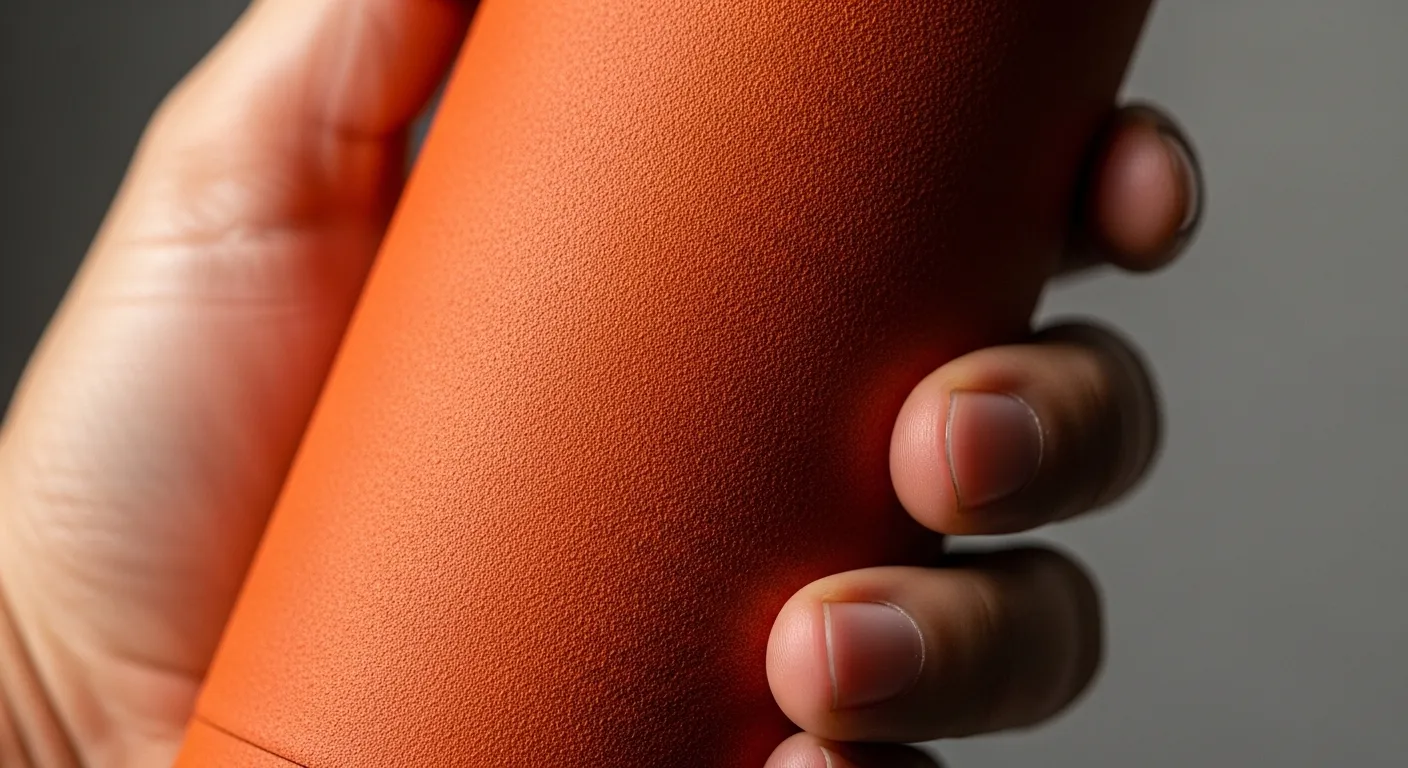
Aesthetic & Functional Boost
- Matte finish resists fingerprints
- Textured surface improves handling
- Bright, fade-resistant colors enhance shelf appeal5
This balance of form and function boosts both style and safety.
Is powder coating safe and free from harmful chemicals like BPA?
Safety matters—especially with hydration.
Most powder coatings used on water bottles are BPA-free (<0.1 ppm) and meet food-grade safety standards.
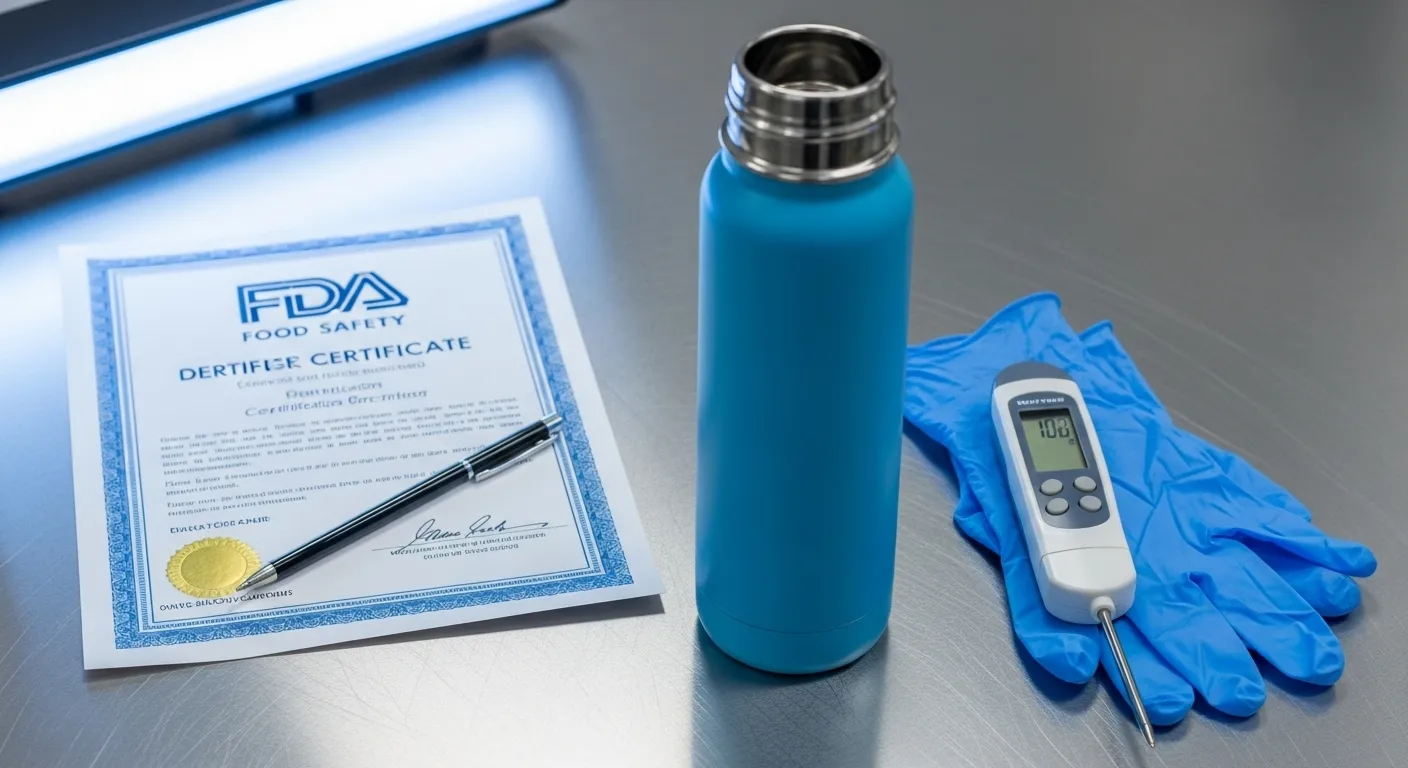
Safety Certifications
- Compliant with FDA food contact standards6
- Some formulas include antibacterial properties
- Resistant to acids, alkalis, and boiling water
You can drink with confidence, every time.
How does powder coating interact with the insulation properties of stainless steel bottles?
It's an outer upgrade, not an inner change.
Powder coating does not interfere with the vacuum insulation layer—it protects without affecting thermal performance.
Thermal Integrity
- Insulation layer remains sealed and untouched7
- Exterior coating adds durability but not heat conduction
- Bottle performance stays consistent across temperatures
Your drink stays hot—or cold—as intended.
What are the key performance requirements for powder coatings on insulated bottles?
Not all coatings are created equal.
Bottles demand coatings that resist wear, chemicals, and high heat, while adhering securely to curved metal surfaces.
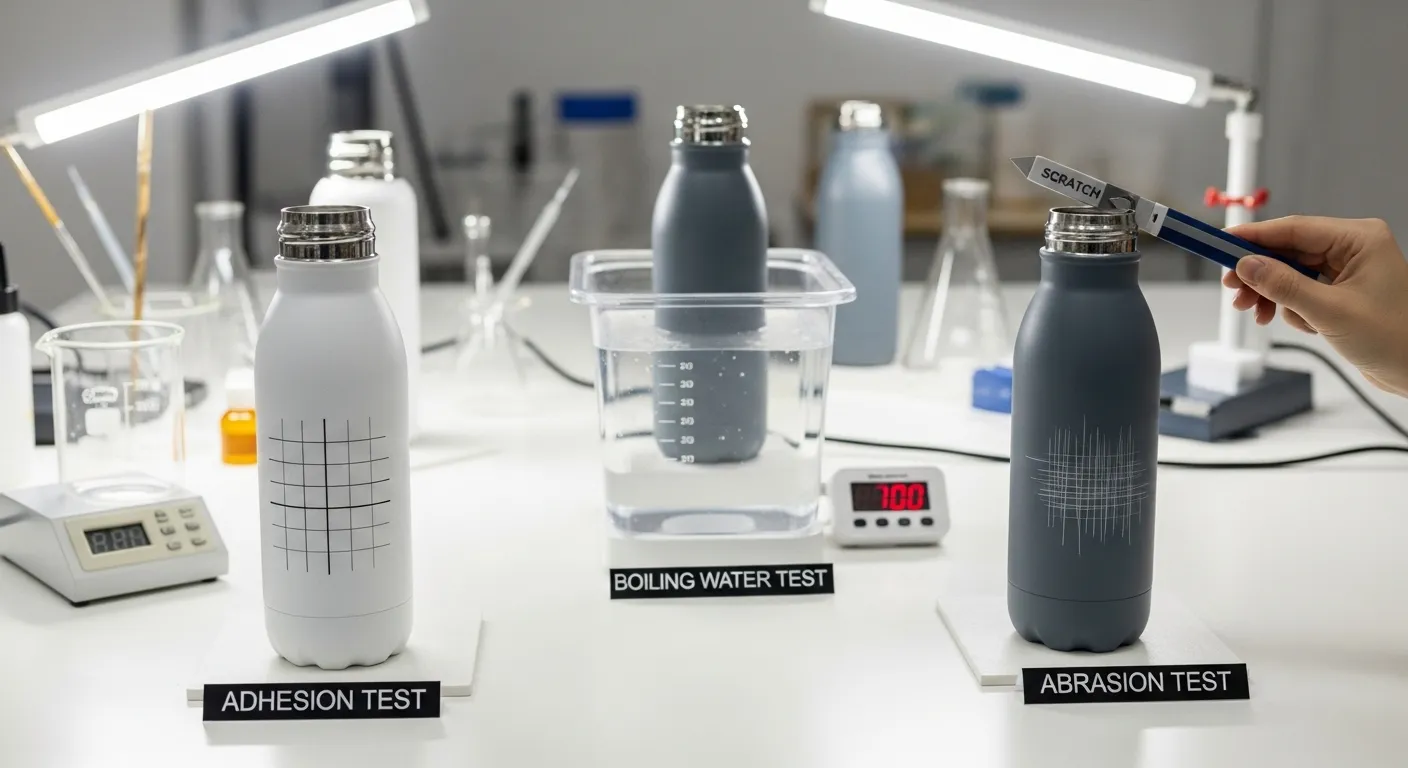
Industry Requirements
- Adhesion to stainless steel8
- Resistance to acid, alkali, and boiling water
- No flaking, blistering, or discoloration over time
Meeting these ensures both safety and customer satisfaction.
How does powder coating contribute to brand appeal and customer satisfaction?
Looks matter—and so does long-term value.
Custom colors, durability, and tactile feel increase brand distinction and consumer loyalty.
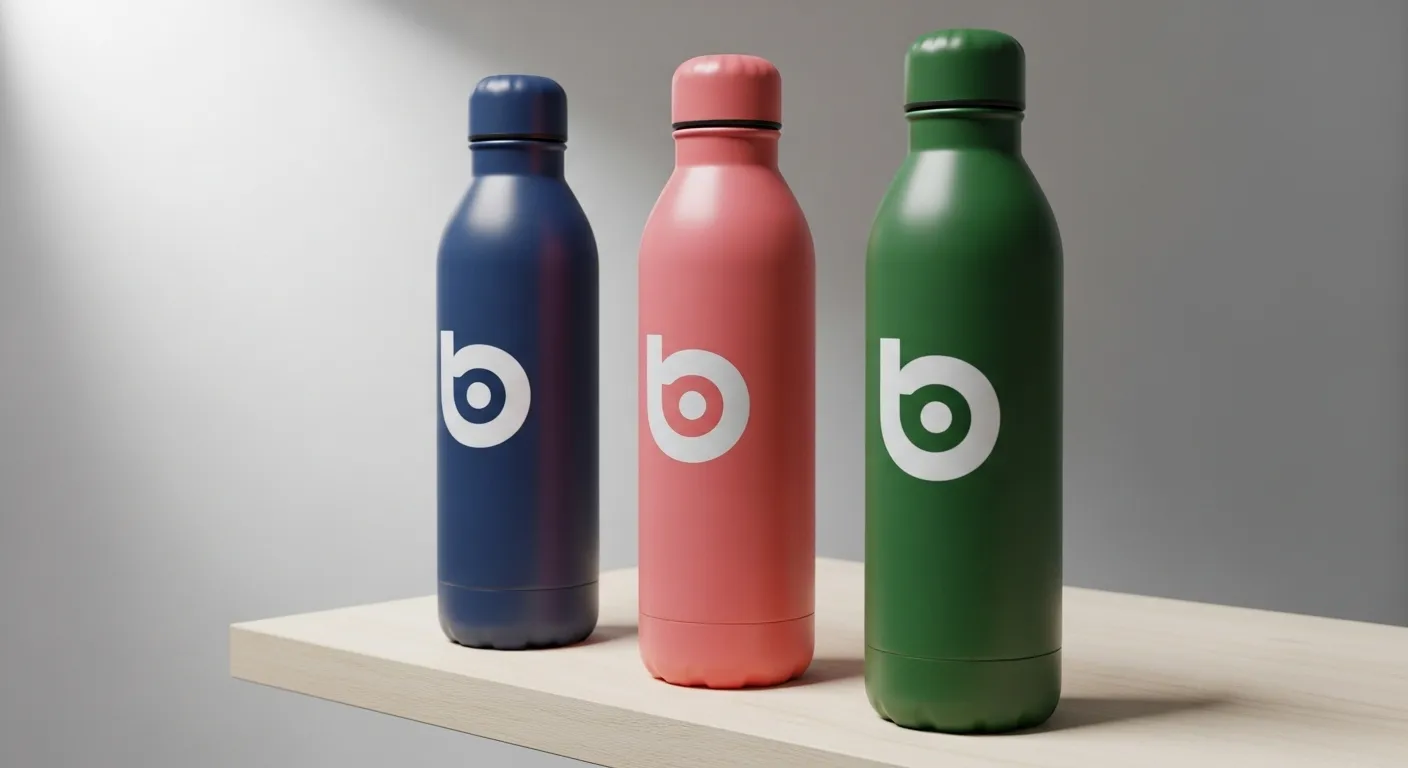
Branding Benefits
- Broad color palette for logo-matching
- Long-lasting aesthetics improve product reviews
- Matte finishes signal premium quality9
Brands use powder coating to stand out and deliver quality that lasts.
What trends and innovations are shaping powder coating technology in the water bottle industry?
The future's even brighter—and tougher.
Innovations include triple-layer durability, antibacterial finishes, and eco-friendlier powders.
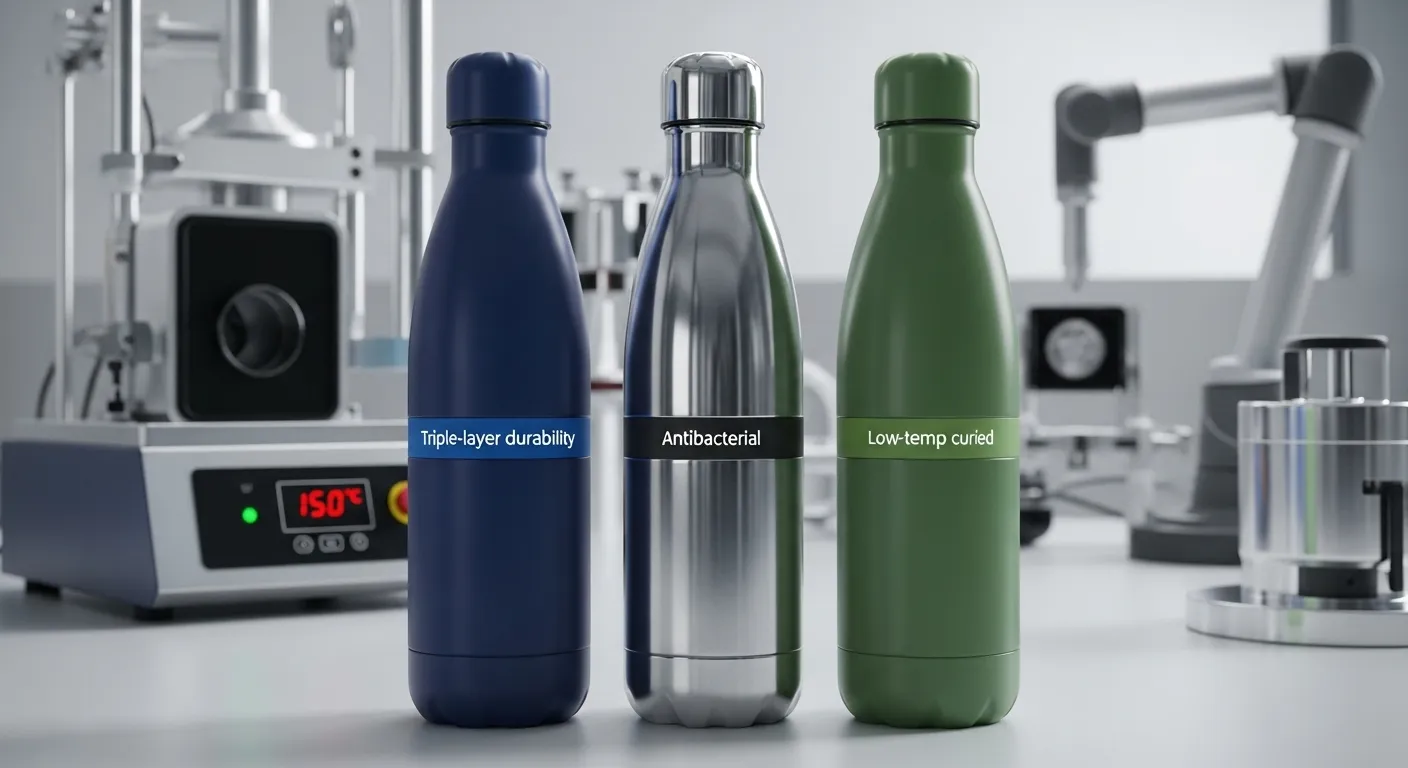
Key Trends
- "3X powder coating" for extended life
- Increased demand for antimicrobial coatings10
- More sustainable, low-temperature curing formulas
These upgrades are shaping the next generation of hydration gear.
Conclusion
Powder coating isn't just a finishing touch—it's a performance feature. It enhances durability, aesthetics, grip, and safety, helping brands shine and bottles endure.
FAQs
Does powder coating affect taste or odor?
No. It stays on the outside and doesn't interact with contents.
Can powder coating peel or flake?
Only if applied poorly. Professional finishes last for years.
Is powder coating dishwasher-safe?
In most cases, yes—but hand washing extends lifespan.
Can I custom print logos over powder coating?
Absolutely. Laser engraving or UV printing works well.
How long does powder coating last on bottles?
Up to 3+ years with regular use and proper care.
Footnotes:
-
Electrostatic powder application ensures even coating adhesion through electromagnetic charging that causes powder particles to cling uniformly to grounded metal surfaces ↩
-
Powder coating contains no solvents and emits negligible VOCs into the atmosphere, making it environmentally safe unlike traditional wet paints that release harmful volatile organic compounds ↩
-
Powder finish protects against rust and oxidation by forming a completely sealed protective layer around stainless steel, especially valuable in corrosive environments ↩
-
Overspray from powder coating can be collected and reused with recovery systems achieving up to 90-95% material utilization, virtually eliminating waste compared to liquid paint ↩
-
Powder-coated colors remain vibrant and resistant to fading due to UV-resistant formulations with special additives that maintain color stability even under prolonged sunlight exposure ↩
-
Most powder coatings comply with FDA standards under 21 CFR 175.300 for food contact safety, with BPA levels below 0.1 ppm meeting strict regulatory requirements ↩
-
Powder coating is applied after vacuum insulation testing and doesn't affect the sealed vacuum layer between inner and outer bottles, maintaining thermal performance ↩
-
Strong adhesion to stainless steel is achieved through proper surface preparation including passivation, mechanical treatment like sandblasting, and appropriate primer application ↩
-
Matte powder coating finishes with 0-30% gloss levels provide a sophisticated, premium tactile feel that enhances brand perception and hides minor surface imperfections ↩
-
Antimicrobial powder coatings with silver-ion technology can reduce bacteria by up to 99.9% on bottle surfaces, providing long-term protection against odor-causing microbes ↩

